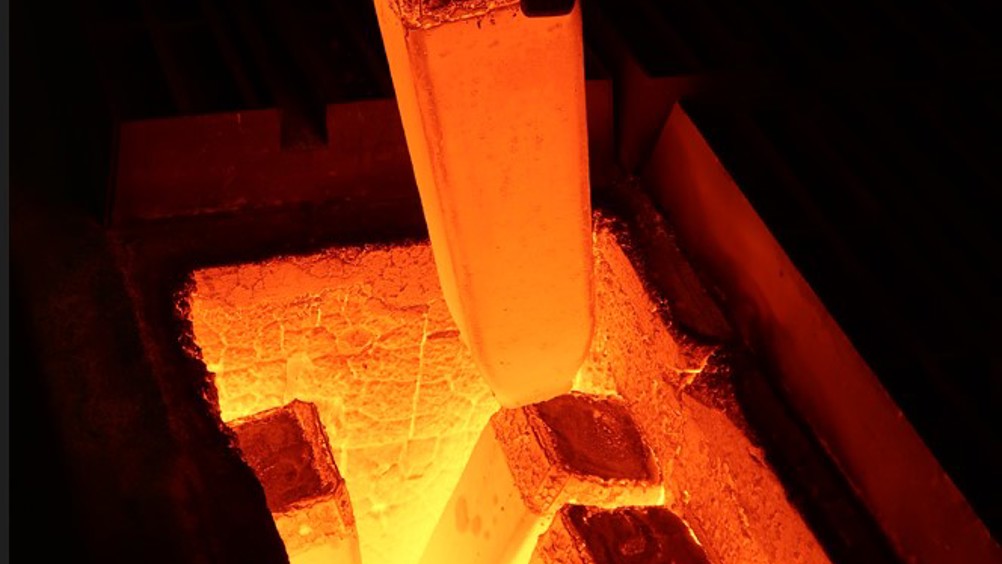Expert Q&A: Green steel production
Whilst steel is key to our low carbon future, its production is a leading cause of global CO2 emissions. The Engineer spoke to a panel of experts about progress in the development of so-called green steel production methods.

Used in everything from wind turbines to electric vehicles, steel is a key building block of the green revolution. But with its production responsible for around seven per cent of global CO2 emissions, existing processes clearly need to change. The Engineer spoke to a group of experts from across the steel sector to learn about the challenges of shifting production away from fossil fuels; the technologies that could help achieve this; and when - if ever - we can expect high volume green steel production to become a reality.
Meet the experts
Dr Pete Osborne - Senior Research fellow, The University of Sheffield Advanced Manufacturing Research Centre (AMRC)
Katarina Kangert - Head of Sustainability and Safety, Ovako
Karin Hallstan - Head of Public and Media Relations, H2 Green Steel
Dr Richard Curry –SUSTAIN and iSPACE Programme Manager, Swansea University
Outline your involvement in the field
Register now to continue reading
Thanks for visiting The Engineer. You’ve now reached your monthly limit of premium content. Register for free to unlock unlimited access to all of our premium content, as well as the latest technology news, industry opinion and special reports.
Benefits of registering
-
In-depth insights and coverage of key emerging trends
-
Unrestricted access to special reports throughout the year
-
Daily technology news delivered straight to your inbox











CCC Report Finds UK Climate Targets Still Within Reach
In 1990 67% of the UK´s electricity came from coal-fired power stations and even without renewables the transition to gas was a major contributor to...